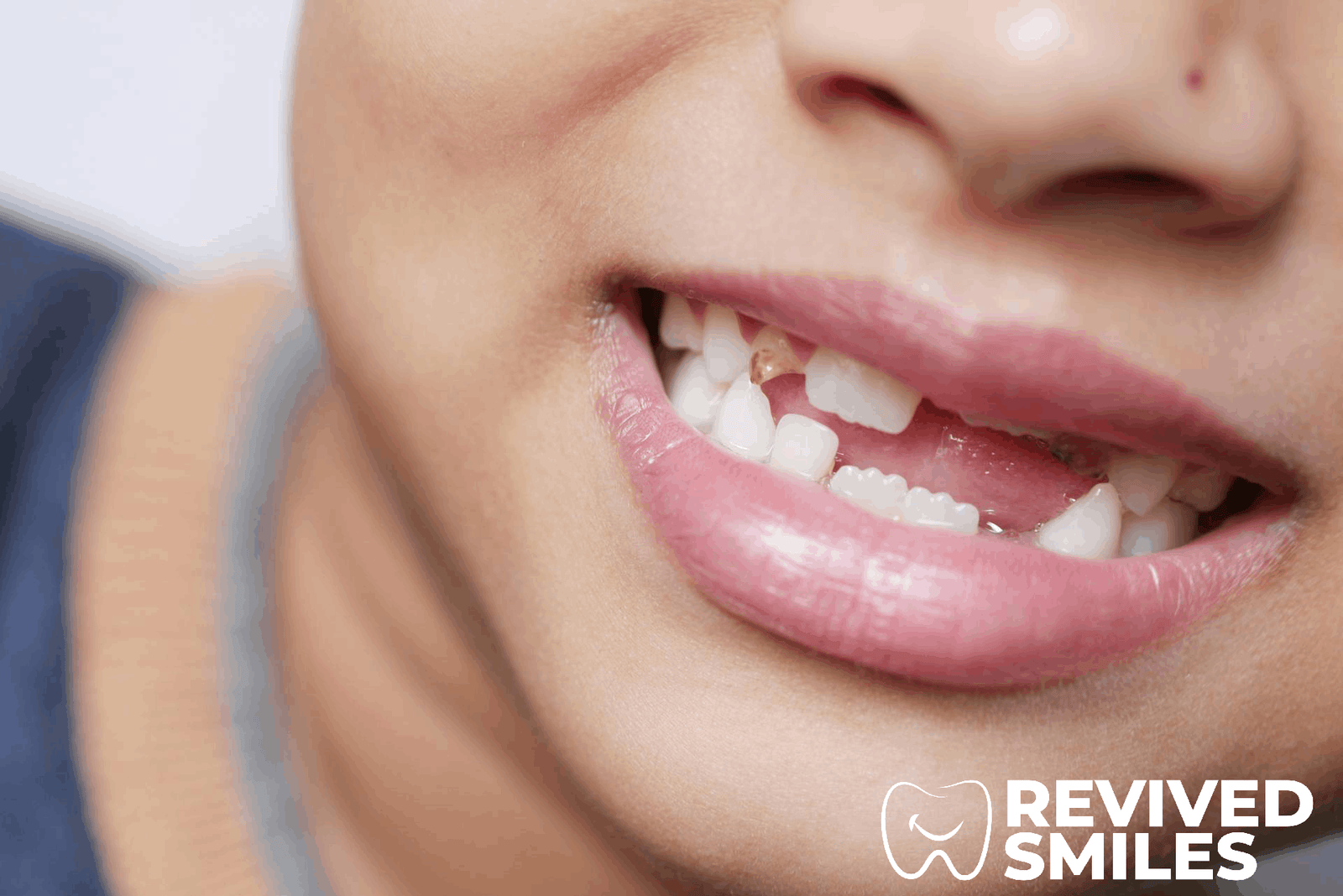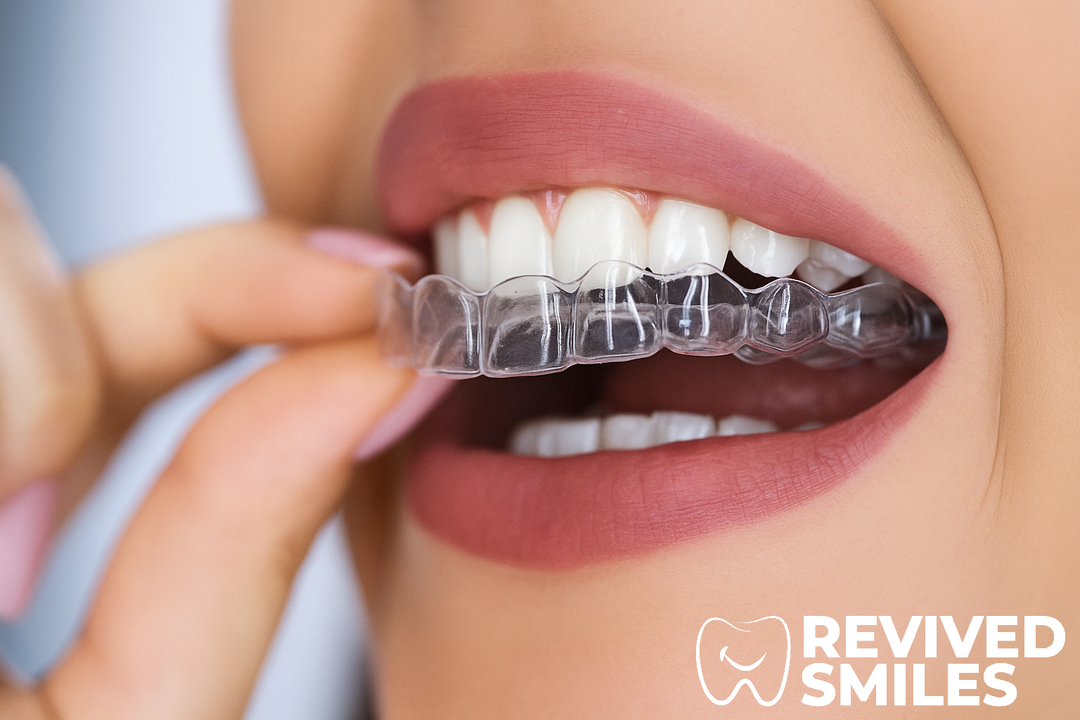Qué comer sin dientes mientras esperas la dentadura postiza: 10 opciones suaves

Entendiendo la importancia de los alimentos blandos
Los alimentos blandos son esenciales para los adultos mayores que enfrentan dificultades para masticar o digerir alimentos sólidos debido a diversos problemas de salud.
Una dieta blanda puede aportar los nutrientes y la energía necesarios al cuerpo, a la vez que es suave con el sistema digestivo. Es fundamental comprender la importancia de los alimentos blandos para mantener una dieta saludable, especialmente para las personas mayores con problemas dentales, digestivos o neurológicos.
Los alimentos blandos no solo son más fáciles de consumir, sino que también ayudan a garantizar que las personas reciban los nutrientes esenciales que necesitan para mantenerse saludables y activas.
Al centrarse en una dieta rica en alimentos blandos, puede favorecer el bienestar general y hacer que la hora de comer sea una experiencia más placentera.
Mantener la nutrición sin dientes
La falta de dientes dificulta comer, pero la nutrición es clave mientras se espera la dentadura postiza. Sin dientes, masticar es difícil y a muchas personas les cuesta encontrar alimentos nutritivos y fáciles de comer. Pero con una dieta y una alimentación adecuadas, puede mantenerse sano y comer sin molestias.
Una dieta temporal antes de la dentadura postiza debe consistir en alimentos blandos, fáciles de comer y ricos en nutrientes. El yogur griego , por ejemplo, es una opción rica en proteínas y calcio, fácil de consumir y que se puede mezclar en batidos con frutas y suplementos. Esto mantendrá tu cuerpo fuerte y tus encías sanando si acabas de recibir extracciones.
Veamos qué comer sin dientes, por qué ciertos alimentos, qué evitar y consejos para comer cómodamente durante esta transición.
Los mejores alimentos para comer sin dientes
Al elegir alimentos durante esta época, priorice los suaves y nutritivos, que requieran poca masticación. Estos alimentos deben ser fáciles de preparar y ricos en vitaminas y minerales. El pescado al horno es una excelente opción, ya que es suave, se desmenuza y es fácil de comer, ideal para personas con necesidades dietéticas específicas.
Líquidos y alimentos en puré
Las comidas líquidas son ideales para quienes no tienen dientes, ya que requieren poca o ninguna masticación. Estas proporcionan hidratación y nutrientes esenciales, además de ser suaves con las encías. Los alimentos licuados pueden ser un buen sustituto de las comidas regulares para que no se pierdan las vitaminas y minerales que el cuerpo necesita.

Algunos de estos incluyen:
-
Sopas y caldos : los caldos de pollo, verduras y huesos son ricos en nutrientes y suaves para las encías.
-
Batidos : Una mezcla de frutas, yogur y proteína en polvo constituye una comida nutritiva.
-
Puré de patatas, batatas y puré de calabaza : alimentos suaves, ricos en fibra y fáciles de digerir.
-
Puré de manzana y puré de plátano : naturalmente dulces y repletos de vitaminas, son excelentes opciones de refrigerio.
Alimentos suaves y fáciles de masticar
Si buscas un poco más de textura en tus comidas, existen muchos alimentos blandos que requieren una mínima masticación, pero que aún tienen el sabor y la textura de una comida normal. Los alimentos blandos son clave para una nutrición adecuada, ya que garantizan el aporte de calorías, proteínas y fibra suficientes.
Además, las verduras congeladas son una opción cómoda y nutritiva que se puede preparar y consumir fácilmente.
Pruebe estos alimentos fáciles de masticar:
-
Huevos revueltos y tortillas : ricos en proteínas y fáciles de comer.
-
Avena, crema de trigo y cereales blandos : cálidos, reconfortantes y fáciles de digerir.
-
Quesos blandos y requesón : calcio y proteínas con una masticación mínima.
-
Aguacates, hummus y mantequillas de frutos secos : grasas saludables y proteínas que se pueden esparcir en alimentos blandos.
Alimentos ricos en proteínas para fortalecerse
La proteína es clave para la reparación muscular y la salud general. Aunque masticar carne no sea una opción, existen muchos alimentos ricos en proteínas que son suaves y fáciles de digerir. Consumir suficiente proteína contribuye a la cicatrización de las encías y a los niveles de energía.
La carne cocinada a fuego lento o las proteínas magras como el cerdo desmenuzado o el estofado de res son una opción de proteína tierna y fácil de comer, ideal para quienes tienen dificultad para masticar.
A continuación se muestran algunos:
-
Carnes molidas : el pollo, el pavo o el pescado picados se pueden comer con salsas para mayor suavidad.
-
Tofu blando y frijoles bien cocidos : proteínas de origen vegetal que son suaves para las encías.
-
Yogur y productos lácteos ricos en proteínas : buenos para la digestión y repletos de nutrientes.
Verduras y frutas cocidas
Las frutas y verduras son una gran fuente de vitaminas, minerales y antioxidantes. Dado que las opciones crudas pueden ser difíciles de masticar, cocinarlas al vapor, hervidas o licuadas en sopas o batidos facilita su consumo y, al mismo tiempo, aportan una gran nutrición.
Intentar:
-
Verduras cocidas, en puré o licuadas : las zanahorias, la calabaza, los guisantes y otras verduras se pueden hacer puré para comerlas más fácilmente.
-
Jugos de frutas licuados y frutas blandas : los duraznos, las peras y los melones maduros son más fáciles de masticar o pueden licuarse en bebidas.
Granos integrales y legumbres
Los cereales integrales y las legumbres son excelentes fuentes de nutrientes esenciales, como fibra, proteínas y grasas saludables. Se pueden cocinar para lograr una textura suave, lo que los convierte en un complemento ideal para una dieta blanda.
Algunos ejemplos de cereales integrales son la avena, la quinoa y el arroz integral, mientras que legumbres como las lentejas, los garbanzos y los frijoles negros son ricas en proteínas y fibra. Estos alimentos se pueden cocinar de diversas maneras, como hervidos, al vapor o a fuego lento, para que queden suaves y sabrosos. Por ejemplo, una olla de cocción lenta para preparar un estofado de carne con lentejas o unas cremosas gachas de quinoa puede proporcionar comidas deliciosas, nutritivas y fáciles de comer.
Incorporar estos alimentos más blandos a su dieta le garantiza obtener los nutrientes esenciales necesarios para la energía y la salud general.
Alimentos que debes evitar sin dientes
No todos los alimentos son aptos para quienes no tienen dientes. Algunos pueden irritar, ser difíciles de tragar o incluso representar un peligro de asfixia. Los alimentos duros y crujientes pueden resultar incómodos, y los pegajosos pueden adherirse a las encías y causar problemas digestivos o de deglución.
No comer:
-
Alimentos duros, crujientes o masticables : los frutos secos, las verduras crudas y el pan crujiente son difíciles de comer.
-
Alimentos pegajosos : el caramelo, la goma de mascar y la mantequilla de maní sin líquidos pueden ser un problema.
-
Alimentos picantes o ácidos : pueden irritar las encías sensibles.
-
Carnes duras : los filetes, las chuletas de cerdo y otras carnes densas son difíciles de masticar.
Consejos para comer cómodamente sin dientes
Comer sin dientes no tiene por qué ser un fastidio. Hacer pequeños cambios en tus hábitos alimenticios puede marcar una gran diferencia en tu comodidad y experiencia general. Prueba estas técnicas y haz que tus comidas sean más placenteras y nutritivas.
Prueba esto:
-
Corte los alimentos en trozos pequeños : evita que se atraganten y facilita comer.
-
Mezclar o procesar alimentos : Suaviza los alimentos conservando los nutrientes.
-
Mastica lentamente y toma bocados pequeños : es más fácil tragar y mejora la digestión.
-
Utilice pajitas o cucharas para líquidos más espesos : para batidos y sopas.
-
Agregue salsas, aderezos o mantequilla : humedecer los alimentos reduce la necesidad de masticarlos excesivamente.
Consejos para preparar alimentos
Preparar recetas de comida blanda requiere creatividad y experimentación para garantizar que la comida no solo sea nutritiva, sino también deliciosa y atractiva. Aquí tienes algunos consejos para preparar comida blanda que te ayudarán a crear comidas saciantes y fáciles de comer:
Técnicas de cocina
Las técnicas de cocción son cruciales para preparar alimentos blandos. Aquí tienes algunas técnicas para lograr una textura suave:
-
Cocinar al vapor : Cocinar al vapor es una excelente manera de cocinar verduras y conservar sus nutrientes. Ayuda a romper las paredes celulares, dejando las verduras suaves y tiernas. Verduras al vapor como la zanahoria, el brócoli y los guisantes se pueden machacar o hacer puré fácilmente para obtener una textura suave.
-
Hervir : Hervir es otra forma de cocinar verduras y legumbres para lograr una textura suave. Sin embargo, es fundamental controlar el tiempo de cocción para evitar que se cocinen demasiado. Las papas, los boniatos y los frijoles hervidos se pueden triturar o mezclar en sopas y guisos.
-
Cocción lenta : La cocción lenta es una excelente manera de cocinar carne, legumbres y cereales integrales para lograr una textura suave. Ayuda a romper el tejido conectivo, haciendo que los alimentos sean tiernos y sabrosos. Platos de cocción lenta como el cerdo desmenuzado, el estofado de res y la sopa de lentejas son ejemplos perfectos de comidas suaves y sabrosas.
-
Puré : Hacer puré es una técnica que se utiliza para descomponer alimentos sólidos y obtener una textura suave y cremosa. Es una excelente manera de preparar postres suaves, sopas y salsas. Los alimentos en puré, como el puré de calabaza, la compota de manzana y las sopas cremosas de verduras, pueden ser nutritivos y fáciles de comer.
Al incorporar algunos consejos de estas técnicas de cocina en la preparación de sus comidas, puede crear alimentos blandos deliciosos y nutritivos que satisfagan las necesidades dietéticas de los adultos mayores.
Ya sea que esté preparando un reconfortante plato de puré de papas o un rico caldo de verduras, estos métodos lo ayudarán a lograr la textura perfecta para un consumo fácil.
Cómo mantener una nutrición adecuada mientras espera la dentadura postiza
Una dieta equilibrada es crucial para la curación y la energía. Las deficiencias nutricionales pueden ralentizar el proceso de curación y causar más problemas de salud. Al elegir alimentos ricos en nutrientes, puede asegurarse de que su cuerpo reciba lo que necesita durante este período de transición.
A continuación se ofrecen algunos consejos nutricionales clave:
-
Proteínas, fibra y grasas saludables : buenas para la salud de los músculos y las encías.
-
Suplementos de vitaminas y minerales : el calcio, la vitamina D y el hierro son claves.
-
Hidratarse – Beber abundante agua, infusiones y caldos de huesos.
Sugerencias de planes de alimentación para una dieta sin dientes
Planificar las comidas facilita obtener la nutrición adecuada. Un plan de comidas garantiza una ingesta equilibrada de macronutrientes y hace que las comidas sean sencillas y agradables.
Desayuno
-
Batido de plátano, yogur y proteínas
-
huevos revueltos y queso
-
Avena con puré de plátano y canela
Almuerzo
-
Aguacate sobre pan blando o sopa de verduras en puré
-
Puré de melocotones y requesón
-
Miel y crema de trigo
Cena
-
Pescado blando y puré de patatas
-
Pasta cocida con salsa de queso suave
-
Sopa de lentejas licuada
Snacks y postres suaves
-
Puré de manzana o puré de frutas
-
Yogur o pudin
-
Quesos blandos con mezcla de frutas
Transición a comer con dentaduras postizas
Una vez Una vez colocada la dentadura postiza , la transición a los alimentos sólidos debe ser gradual. Las encías pueden estar sensibles al principio y lleva tiempo acostumbrarse a masticar con la dentadura postiza. Comience con alimentos blandos y aumente gradualmente la textura.
Sigue esto:
-
Alimentos semisólidos : Introduzca alimentos como pasta, pan blando y verduras bien cocidas lentamente.
-
Masticar ambos lados : ayuda a estabilizar la dentadura postiza.
-
Use adhesivos para dentaduras postizas : hace que comer sea más cómodo.
Resumen
Comer sin dientes puede ser intimidante al principio, pero con el enfoque adecuado es posible. Al comer alimentos blandos y nutritivos y hacer pequeños cambios en la preparación de las comidas, puede mantenerse sano y bien durante el período de espera. Una vez colocada la dentadura postiza, reintroduzca los alimentos sólidos gradualmente para volver a comer con normalidad.





Dejar un comentario